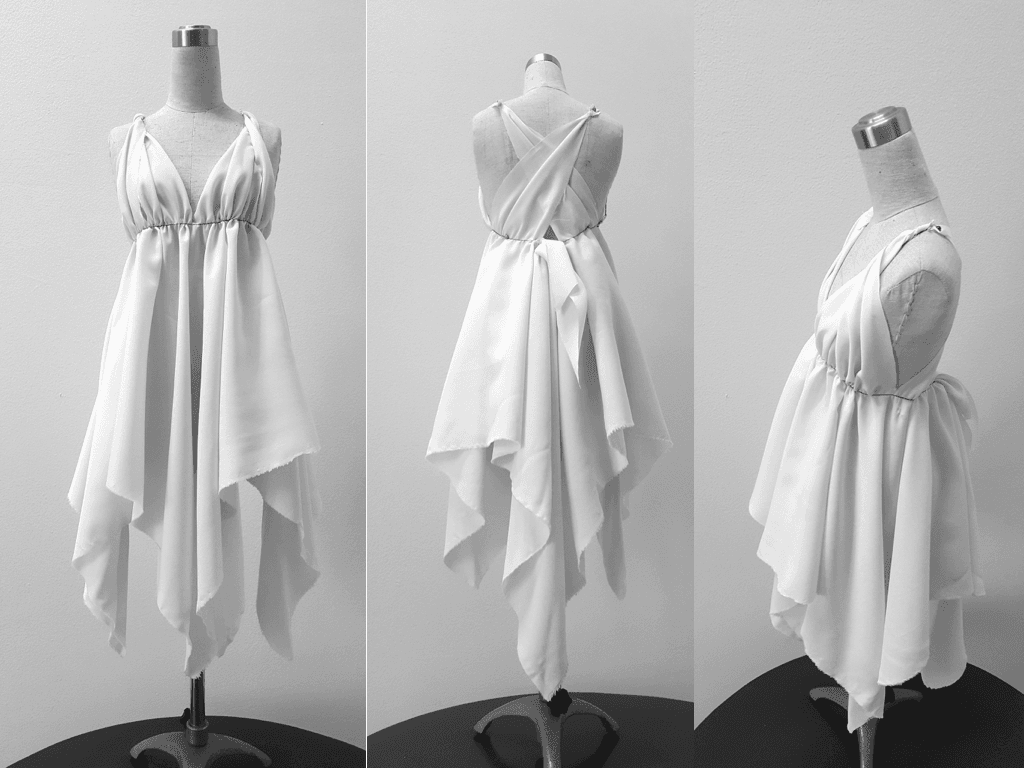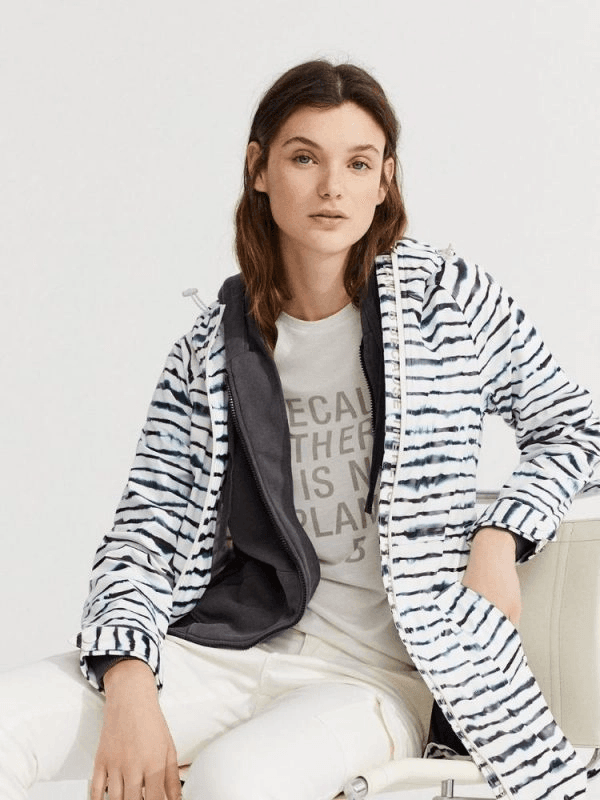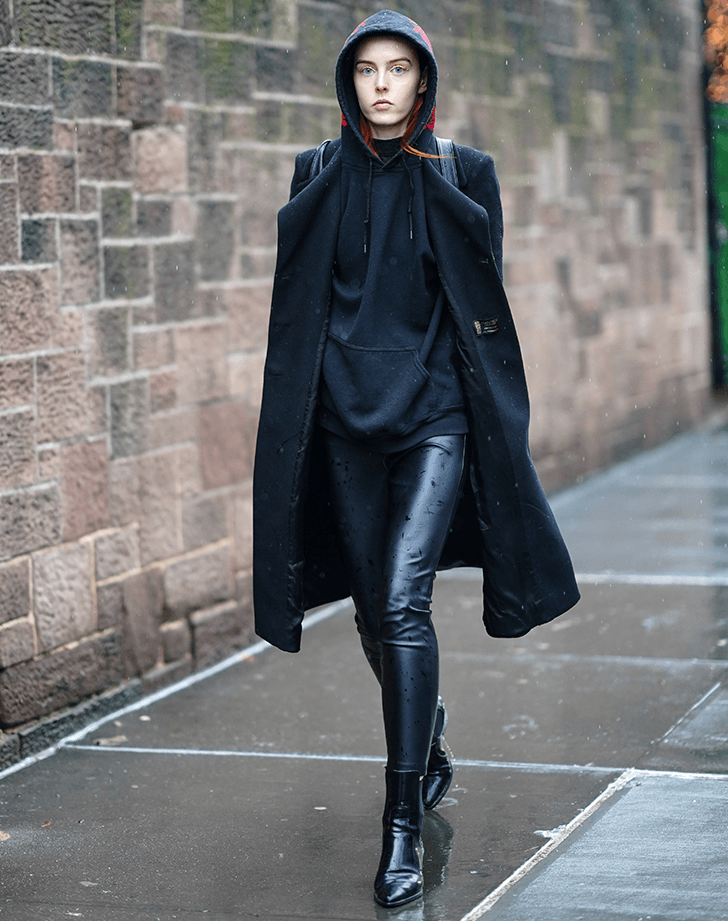In my journey towards a more conscious lifestyle, I’ve come to realize that fashion doesn’t have to be a wasteful endeavor. The Zero-Waste Wardrobe concept has become a guiding principle, inspiring me to make more sustainable choices without sacrificing my personal style. This approach to fashion is not just about reducing waste; it’s about making intentional decisions that align with our values and the environment. Let’s explore the world of zero-waste fashion, the hacks to achieve it, and how it can transform your wardrobe for the better.

My Personal Pledge to Zero-Waste Fashion
My commitment to zero-waste fashion began with a simple decision to declutter my closet. I was overwhelmed by the number of items I hadn’t worn in years, and I knew there had to be a better way. This led me to research and adopt zero-waste practices, which not only reduced my wardrobe’s environmental impact but also refined my style.
Key Principles of Zero-Waste Wardrobe
The Zero-Waste Wardrobe is built on a few key principles that promote sustainability and mindfulness:
- Mindful Consumption: Choosing to buy fewer items but opting for high-quality, long-lasting pieces that align with your personal style.
- Circular Fashion: Embracing the concept of a circular economy by recycling, upcycling, and repairing clothes instead of discarding them.
- Sustainable Materials: Prioritizing clothes made from organic, recycled, or ethically sourced materials that have a lower environmental impact.
- Local and Ethical Production: Supporting local designers and brands that adhere to fair labor practices and sustainable production processes.

Hacks for Achieving a Zero-Waste Wardrobe
Here are some practical hacks I’ve implemented in my journey towards a zero-waste wardrobe:
- Capsule Wardrobe: I’ve transitioned to a capsule wardrobe, carefully curating a selection of versatile pieces that can be mixed and matched, reducing the need for constant shopping.
- Thrift Shopping: I find that thrift stores and vintage shops are treasure troves for unique, pre-loved items that add character to my wardrobe while giving clothes a second life.
- Repair and Mend: Instead of discarding clothes with minor damage, I’ve learned to repair and mend them, extending their lifespan and preserving resources.
- Swap and Share: Organizing or participating in clothing swaps with friends not only refreshes my wardrobe but also promotes a sharing economy.
- Rental Services: For special occasions, I opt for rental services, which allow me to enjoy the latest trends without contributing to waste.

Occasions for Zero-Waste Fashion
A zero-waste wardrobe is suitable for all occasions, from daily wear to special events:
- Everyday Style: By investing in timeless, high-quality pieces, I’ve created a wardrobe that’s perfect for daily wear while minimizing waste.
- Workwear: Professional attire can also be sourced sustainably, with many brands offering ethically made suits and workwear.
- Formal Events: For special occasions, I turn to sustainable designers or rent pieces that offer elegance without the environmental cost.
Sustainable Fashion and Personal Expression
Incorporating sustainability into my fashion choices has not only reduced my environmental footprint but also enhanced my personal style. I take pride in knowing that my wardrobe is a reflection of my values and a statement of my commitment to the planet.

Final Thoughts on Zero-Waste Wardrobe
The Zero-Waste Wardrobe is a lifestyle choice that goes beyond trends. It’s a commitment to a sustainable future where style and environmental consciousness go hand in hand. By adopting these hacks and making mindful choices, you too can create a wardrobe that’s not only stylish but also a force for positive change.



